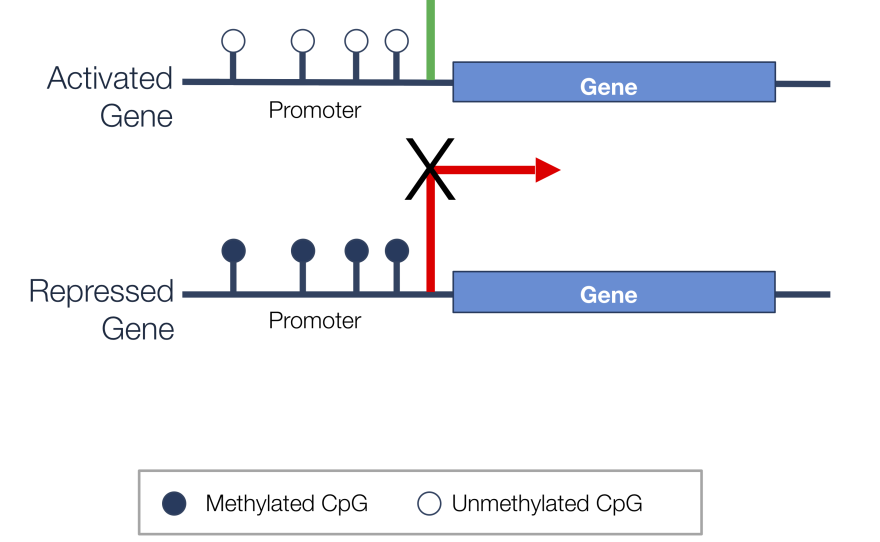People do a lot of things to remain fit and to stay young. They exercise. They don’t smoke and they try to eat right.
And while staying young may not be literally possible, based on the time since your birth. The idea is not so far-fetched when you focus on a person’s biological age, which indicates the state of their health. A new UC San Diego health study did just that.
“Epigenetic age refers to biological age. It’s just one way to measure biological age,” said Purva Jain, an epidemiologist and a former PhD student at UCSD. “It captures the health of tissues, cells and organ systems, using the methylation marks across the genome.”
If your lifespan is the number of years you live on earth, your healthspan can be very different. It is the time of life when you have good cognition, you’re healthy enough to do the things that are needed and the things you enjoy.
The methylation marks mentioned by Jain are molecules that attach to your DNA, causing some genes to be expressed and some not. In Jain’s research, those methylation markers were revealed through blood tests of about 1800 women.
“If a biomarker only matches with our chronological age, we can know that from our birth certificate. We don’t need a fancy blood test with interpretations. We can just know how old we are,” said Andrea LaCroix, a UCSD professor and chief of epidemiology. LaCroix was Jain’s dissertation advisor.
“But what we’re trying to find is a marker that we can easily measure in the blood that can tell us whether we’re aging faster or slower than our chronological age,” she said.
The research found that when markers act on your DNA they can increase the risk of disease and accelerate the biological aging process. That has a profound effect on how long we live, and how well we live.
“So what we found is that for every 5-8 years of epigenetic age acceleration — if you were 5-8 years older than your chronological age — you had 20-32% lower odds of living to age 90 with intact mobility and cognitive function,” Jain said.
Jain said those methylation markers are kind of like traffic signals for your genes. But how do they get there? In the case of accelerated aging, it could be just bad luck. But scientists say that well-known factors like lack of exercise and poor diet do influence your epigenome and your healthspan.

“Many of us think about growing older and what we perhaps fear most isn’t dying, but losing the ability to live the lives we want to live,” LaCroix said. “That’s what we know from surveys. Older people don’t care about living to be the oldest age they can be but they care a lot about being able to do the things they love doing for the longest period of time. And that’s really what healthspan is.”
The path toward staying young
An exercise studio with a hardwood floor is filled with senior citizens moving to R&B music. This is the Soul Dancing class taking place at San Diego Oasis, located at the Grossmont Center Mall in La Mesa.
If accelerated aging can be reversed or stopped altogether that’s what these people are here for, even if they’ve never heard the term "accelerated aging."
“The mission of San Diego Oasis is threefold. We stimulate our minds by learning something new. We stimulate our physical bodies every day to stay strong. And we work with low income children in the community to have a social mission,” said Simona Valencuite, the president and CEO of San Diego Oasis.

Other exercise classes they offer for elderly people include strength training, bone-building fitness and cardio drumming, in which people strike exercise balls with sticks to the beat of music.
Oasis patron Pat Vorman, 62, brought up the cardio drumming class. A retired nurse, she is one person who is clearly interested in keeping her biological age as low as possible, and she does it through exercise.
“Oh my gosh! It keeps your mind young. It keeps your heart young. Just your whole body. It keeps you moving and it’s so important for the whole picture of health,” Vorman said.
“It’s not just to stay young, it's to feel good and to be able to do the things you want to do,” said Elinor Smith, 88, a health instructor at San Diego Oasis.
Of course some people have seen their healthspans run out. Andrea LaCroix’s mother has advanced Alzheimer's disease.
“She can no longer get out of her chair. She can no longer speak. She can’t say our names. And we can’t tell if she knows us. If she knows that we’re her daughters,” LaCroix said. “We do go visit her and we can see that she’s alert and she can smile at us. She can hold our hands.”
LaCroix says every person needs to decide what their healthspan means to them. And that question is crucial when it comes to planning the final years of our lives.
Purva Jain adds that, in the meantime, there are steps you can take to avoid accelerated aging.
“What we do know is those old tried and true methods of staying healthy are still relevant,” she said. “Focusing on your diet and exercise and avoiding harmful substance use. I don’t think those things have changed. And I don’t think they’re going to change for a little while at least!”







